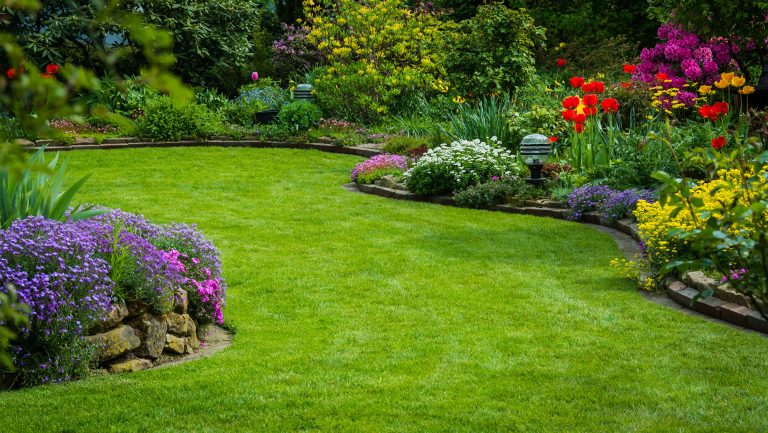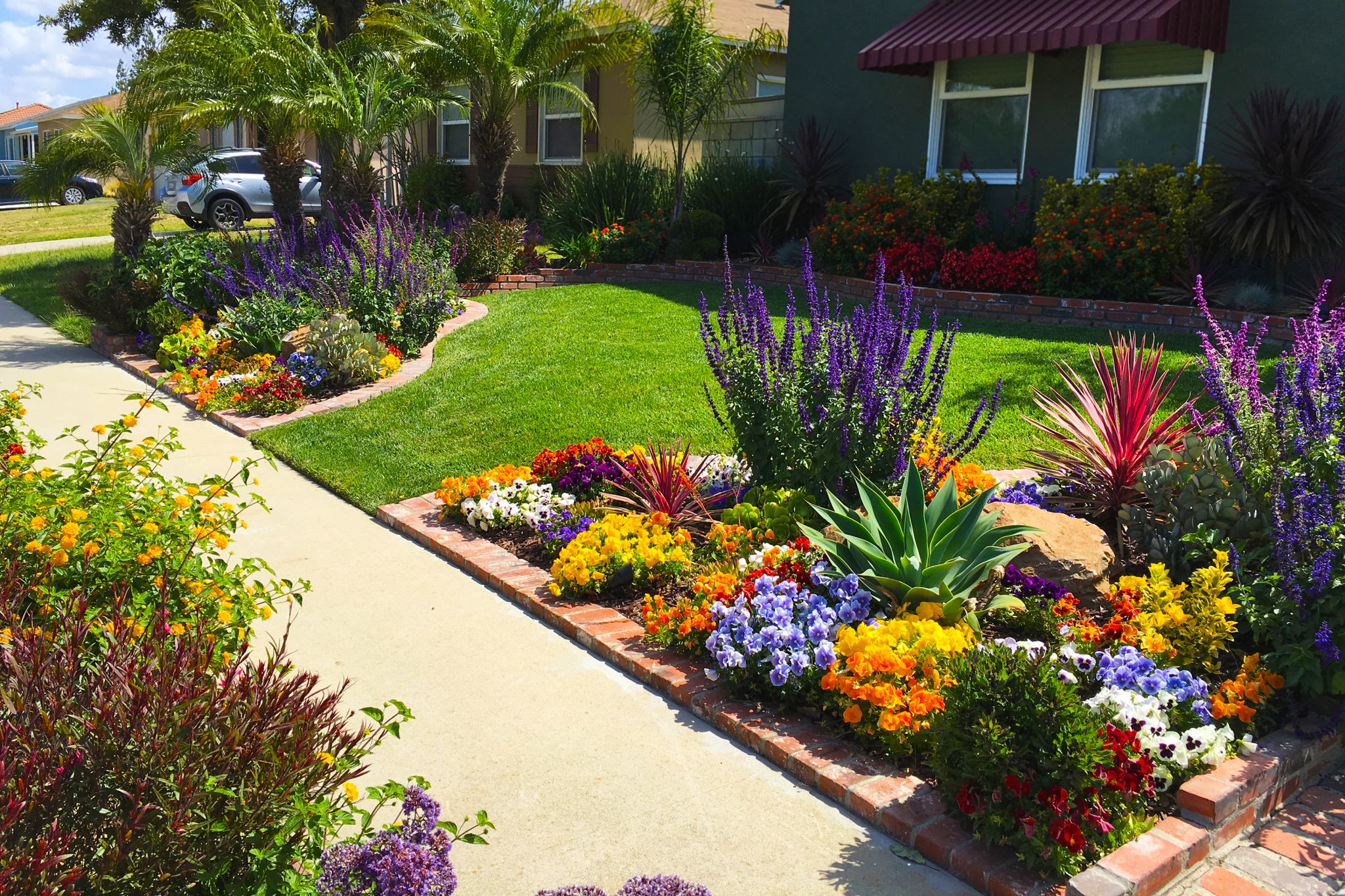5 Easy Facts About Landscaping Services Explained
5 Easy Facts About Landscaping Services Explained
Blog Article
Landscape Design: Creating Outdoor Spaces Involves Arranging Plants, Pathways, And Functions To Boost Natural Charm And Performance
Tracing the Roots of Landscape Design
Have you ever wandered through a garden and felt carried to another age? Landscape design isn't almost planting flowers; it's a story etched into the earth, formed over centuries by culture, environment, and creativity. From the official gardens of Renaissance Europe to the wild, naturalistic settings preferred by the English Romantic movement, the evolution of landscape design exposes mankind's shifting relationship with nature.
The Ancient Structures
Long before modern-day tools and digital plans, early civilizations crafted landscapes with symbolic intent. The hanging gardens of Babylon, often hailed as a wonder of the ancient world, integrated engineering marvel with rich plant to develop a sanctuary in the desert (Lawn Care Near Me). Likewise, the Japanese zen gardens echo simpleness and meditation, proving that landscape design can be both practical and profound
Key Turning Points in Landscape Design History
| Era | Particular | Noteworthy Impact |
|---|---|---|
| Ancient | Importance and utility | Egyptian and Babylonian gardens |
| Renaissance | Balance and order | Italian official gardens |
| 18th Century | Naturalistic, pastoral landscapes | English landscape gardens |
| Modern | Ecological sensitivity and development | Contemporary sustainable design |
Why Does This Matter Today?
Isn't it fascinating how the concepts of landscape design from centuries ago still affect our backyards and parks? When creating a space now, understanding its historic context improves the process. Including aspects of proportion from the Renaissance can bring balance, while embracing natural kinds lines up with today's ecological top priorities.
- Historic knowledge notifies material options and plant choice.
- Standard layouts can blend with modern sustainability practices.
- Styles stimulate psychological actions by taking advantage of cultural memory.
Assess a garden you love-- does it whisper stories of previous style motions or boldly state originalities? Landscape design is a living dialogue between history and innovation, where every course and plant tells a tale.
Unraveling the Concepts That Forming a Landscape
Ever wondered why some gardens appear to whisper secrets while others shout chaos? The answer lies in the concepts of landscape design. Balance, rhythm, and unity are more than simply expensive copyright; they are the undetectable threads weaving a tapestry that pleases the eye and soothes the soul.
Balance isn't simply about proportion. Think of a massive oak tree on one side and a cluster of fragile flowers on the other-- visual weight matters, not similar shapes. It resembles a discussion where both voices are heard without overpowering one another.
Components That Bring Life to Your Outdoor Canvas
- Line: Guides the observer's eye, whether through a winding path or a row of hedges.
- Type: Shapes that produce structure; think of the contrast in between round shrubs and angular rocks.
- Texture: The roughness of bark against smooth leaves adds depth and intrigue.
- Color: Plays with mood-- cool blues soothe, while fiery reds energize.
- Space: The breathing space that prevents overcrowding and chaos.
Professional Tips on Harmonizing These Elements
- Start by sketching your location, marking existing features-- do not ignore the power of a simple drawing.
- Usage repetition of shapes or colors to develop rhythm, however avoid monotony by presenting unforeseen focal points.
- Consider the seasons; what looks stunning in spring might vanish by autumn-- evergreens can anchor your style year-round.
In my early projects, neglecting scale caused a garden overshadowed by towering trees, leaving no space for underplanting. Lesson found out: always procedure and picture in 3 dimensions. Does your style invite expedition or confusion? Mastering these landscape design elements changes spaces from simple plots of land into immersive experiences.
Exploring the Diversity of Landscape Style Styles
Why choose a cookie-cutter garden when the world of landscape style provides a spectrum of designs that can change an easy backyard into a living masterpiece? From the structured beauty of formal gardens to the wild, read more untamed charm of naturalistic styles, each type invites an unique story to unfold. Ever observed how a Japanese garden whispers peacefulness while a Mediterranean courtyard shouts vibrant life?
Popular Styles & & Their Signature Aspects

- Formal: Symmetry reigns here, with clipped hedges and geometric patterns guiding the eye.
- Casual: Free-flowing lines and natural plant groupings simulate nature's randomness, making space feel relaxed and welcoming.
- Contemporary: Minimalist and sleek, this design blends hardscapes like concrete and steel with thoroughly selected plant.
- Rustic: Think rough textures, native plants, and reclaimed products that echo countryside charm.
- Tropical: Bold foliage and lively blossoms create an immersive, lavish atmosphere ideal for warm environments.
Expert Tips for Picking the Right Style
One trick often overlooked: soil and environment dictate what prospers, not just aesthetic appeals. Do not let the desire for exotic plants undermine your style. Rather, accept native species that require less water and care, lining up sustainability with design. Ever tried layering textures and heights to develop depth? A basic technique like planting ornamental lawns behind shorter perennials can breathe life into flat landscapes.
Table: Design Characteristics vs. Practical Considerations
| Style | Maintenance Level | Best For | Secret Materials |
|---|---|---|---|
| Formal | High | Traditional homes, public gardens | Boxwood, stone, gravel |
| Informal | Moderate | Household backyards, natural settings | Native plants, mulch, wood |
| Contemporary | Low to moderate | Urban areas, modern homes | Concrete, metal, succulents |
| Rustic | Low | Rural properties, cabins | Natural stone, wildflowers |
Ever dealt with visualizing how a style might suit your space? Sketching or digital modeling can expose nuances hidden by the naked eye. Keep in mind, a cohesive landscape style isn't simply about plants; it has to do with developing an environment that feels like an extension of your own character.

Precision Meets Imagination: Tools That Forming the Landscape
Ever tried shaping a work of art with blunt instruments? That's how landscape design feels without the ideal toolkit. From the humble measuring tape to advanced digital software, the arsenal of tools straight influences the last aesthetic and functionality of any job. For circumstances, a laser level can be a game changer when you require to ensure best grade and drain-- something every landscape designer consumes over however few customers notification.
Necessary Instruments for each Landscape Designer
- Measuring tapes and stakes for accurate spacing and design
- Soil test packages to examine pH and nutrient levels, diving deeper than simply "great dirt"
- Sketching tools: pencils and graph paper for early concept
- Digital design software application that mimics sunlight and shadow patterns over seasons
- Pruning shears and hand saws, indispensable for shaping living components
Techniques That Turn Soil into Stories
Do you know why contouring a garden bed matters beyond aesthetics? It manages water overflow, decreasing erosion and safeguarding root systems. It's a subtle art of balancing nature's impulses with human intent. When laying out courses, think about the natural walking patterns-- requiring stiff, straight lines frequently backfires, both visually and functionally.
One lesser-known technique is utilizing xeriscaping methods to create drought-resistant landscapes. It's not just about conserving water; it's about weaving a resilient tapestry that loves very little intervention. Integrate native plants and layer textures to build depth and year-round interest.
| Method | Purpose | Expert Tip |
|---|---|---|
| Terracing | Manage sloped land to avoid soil erosion | Usage maintaining walls with natural stone for toughness and aesthetic harmony |
| Mulching | Maintain wetness and suppress weeds | Organic mulches enhance soil health as they decompose |
| Layering | Produce visual interest and eco-friendly balance | Combine groundcovers, shrubs, and trees with staggered heights |

Creative Outside Areas in San Diego County
San Diego County is renowned for its varied landscapes, extending from beautiful coastal beaches to rugged inland mountains and extensive deserts. Home to over 3 million residents, the region provides a lively mix of cultural destinations, outdoor activities, and natural beauty. Popular locations consist of Balboa Park, understood for its gardens and museums, and the picturesque Torrey Pines State Natural Reserve. The moderate, Mediterranean environment supports a variety of plant life, making it a perfect area for innovative and sustainable landscape style.
They encourage you to connect to California Landscape Development for a totally free consultation and professional guidance on landscape style, assisting you transform your outside location into a sensational and functional space.
Report this page